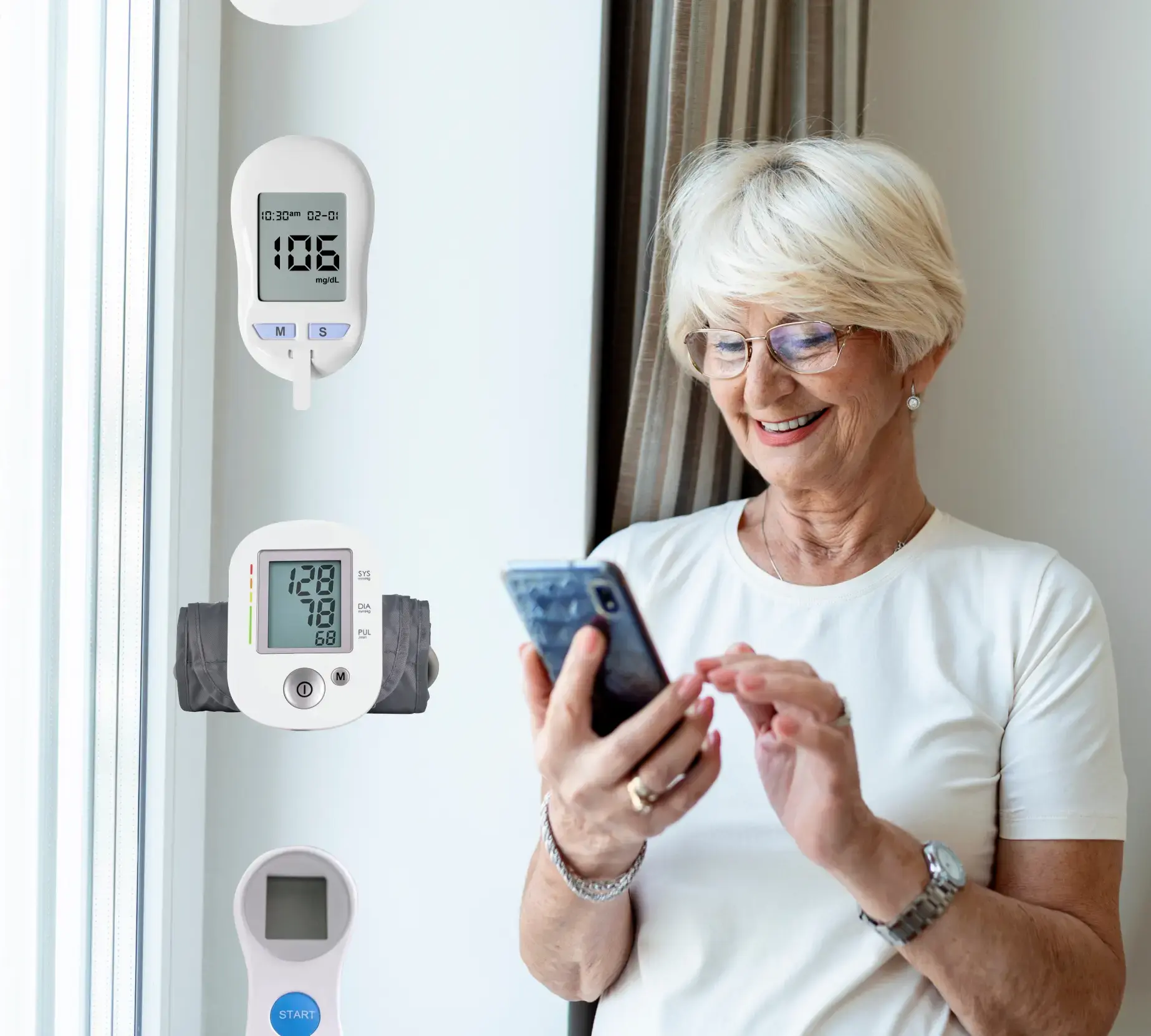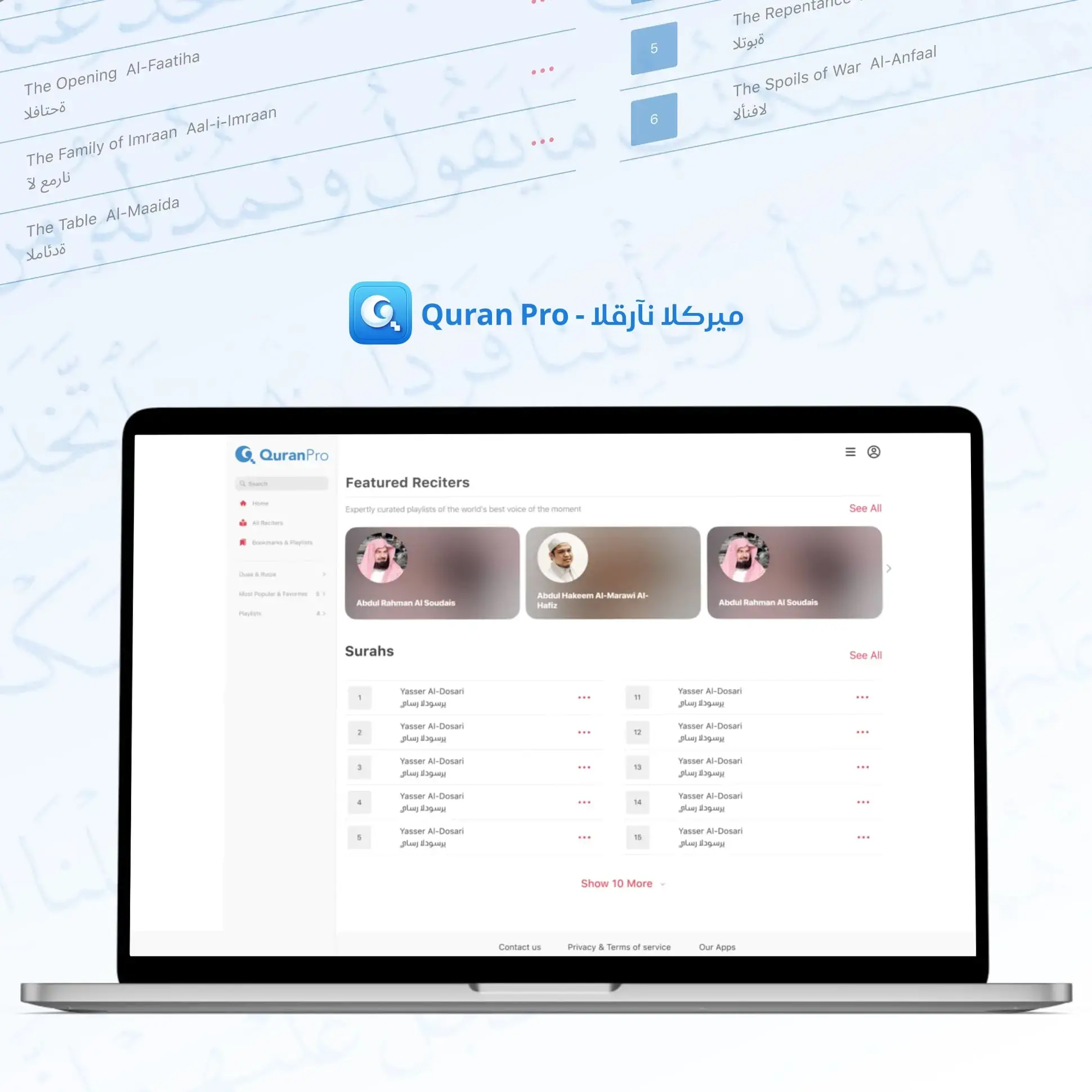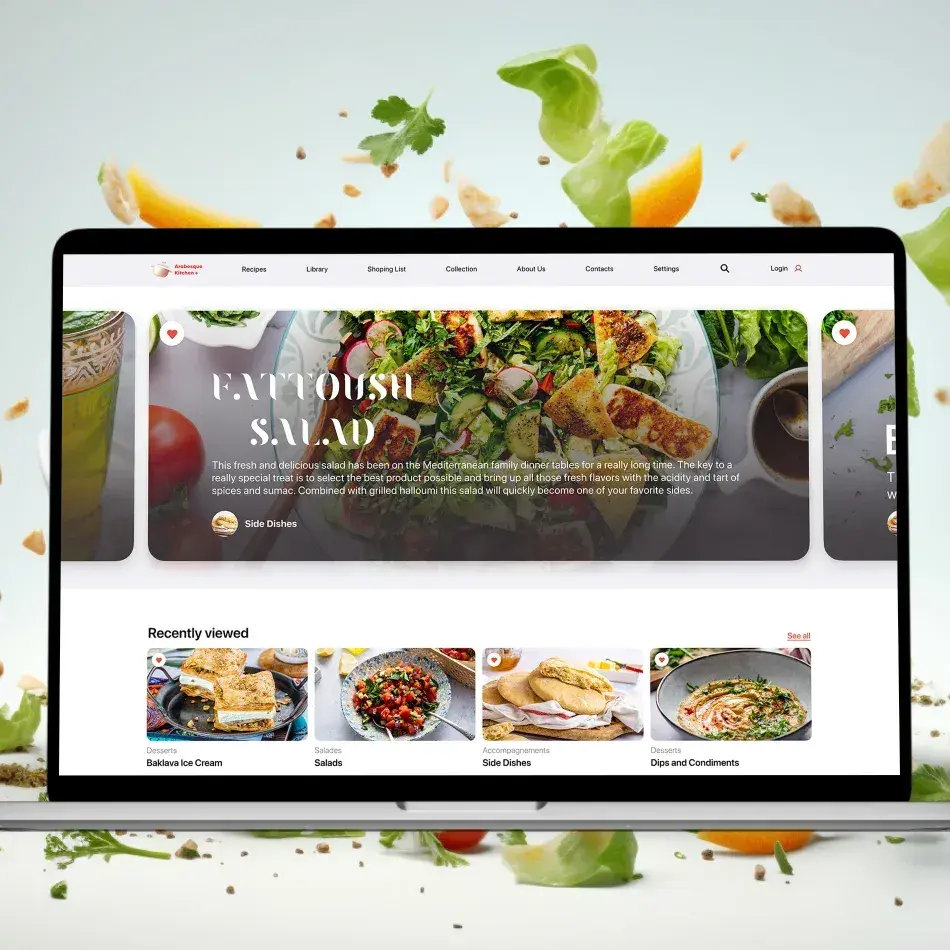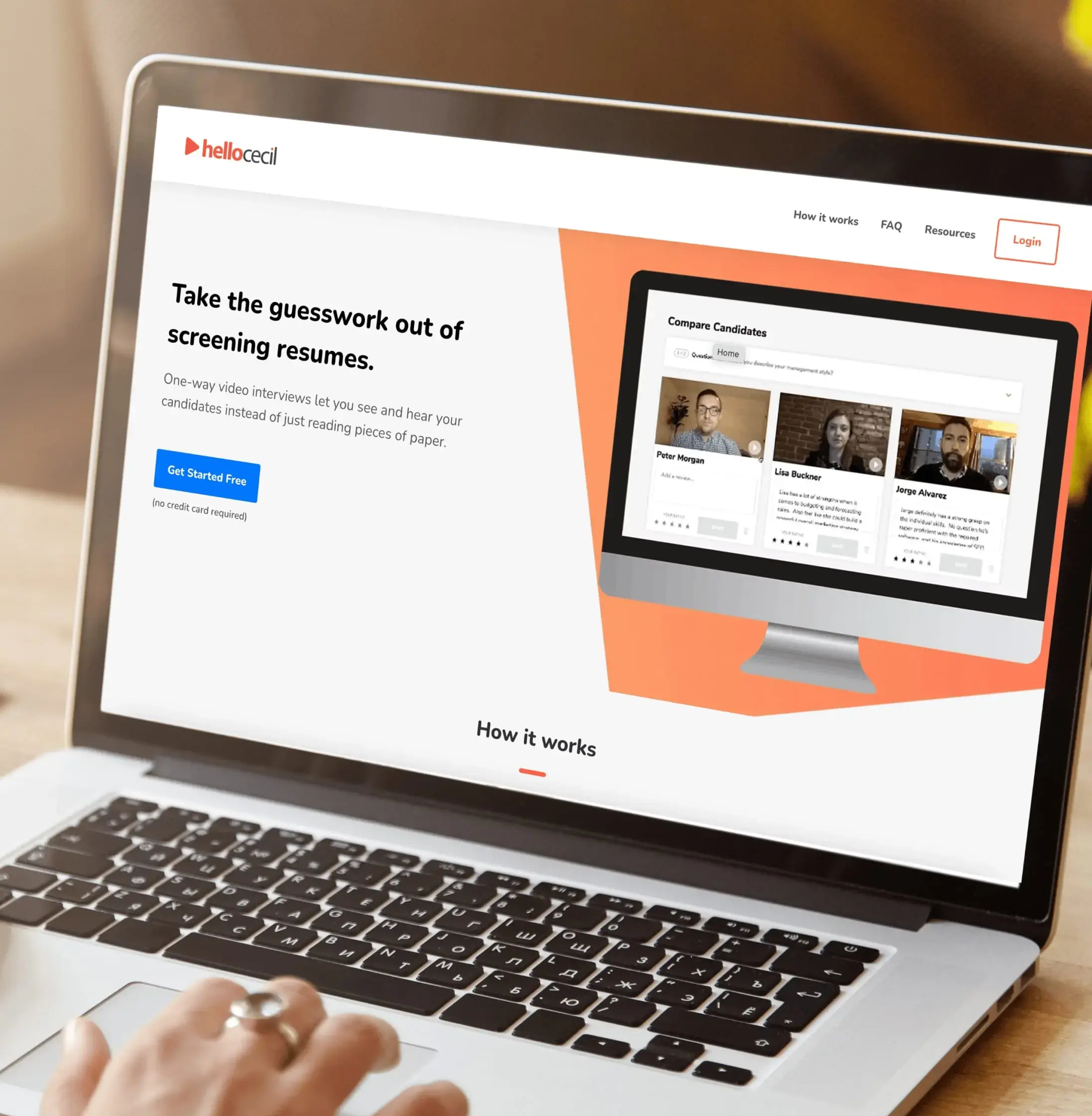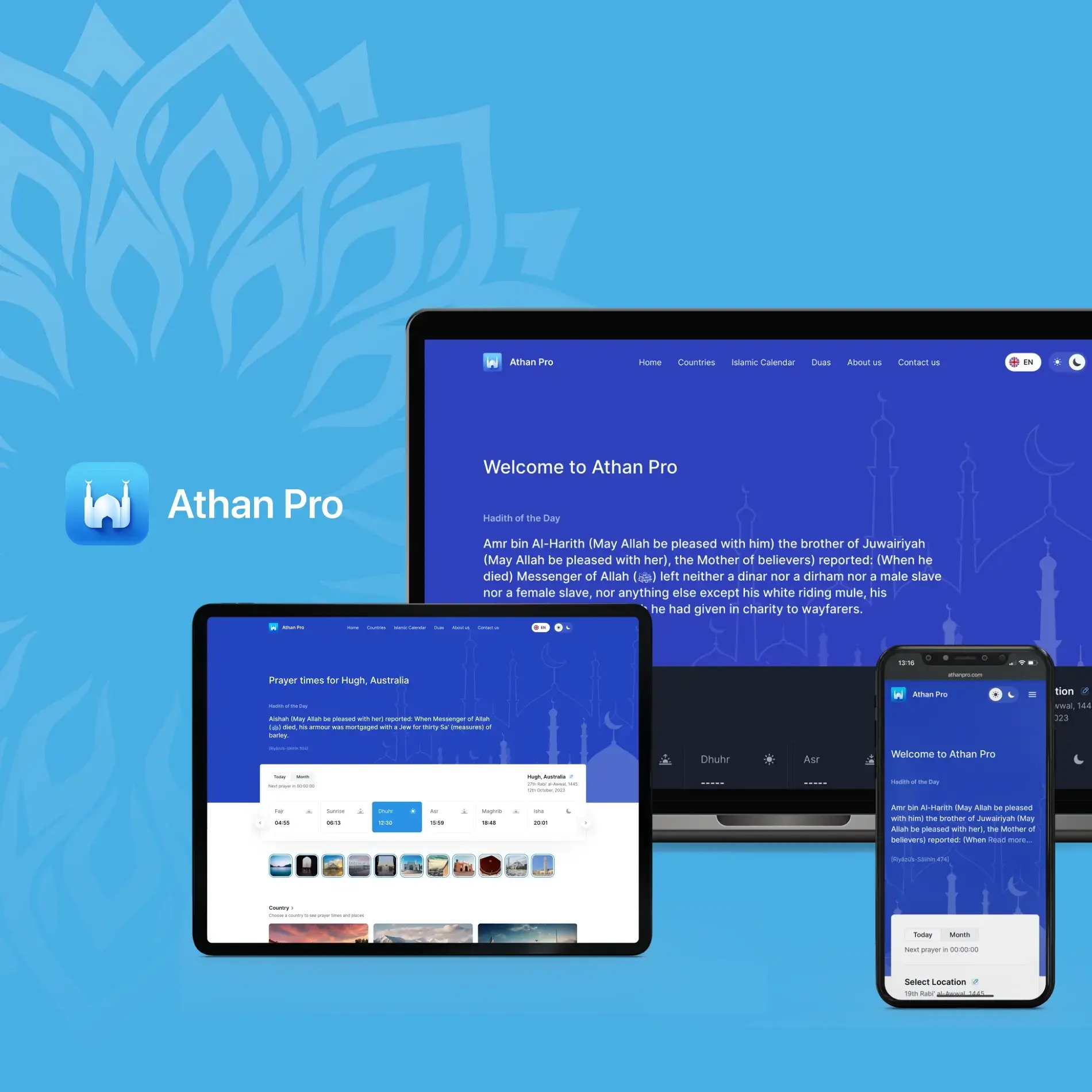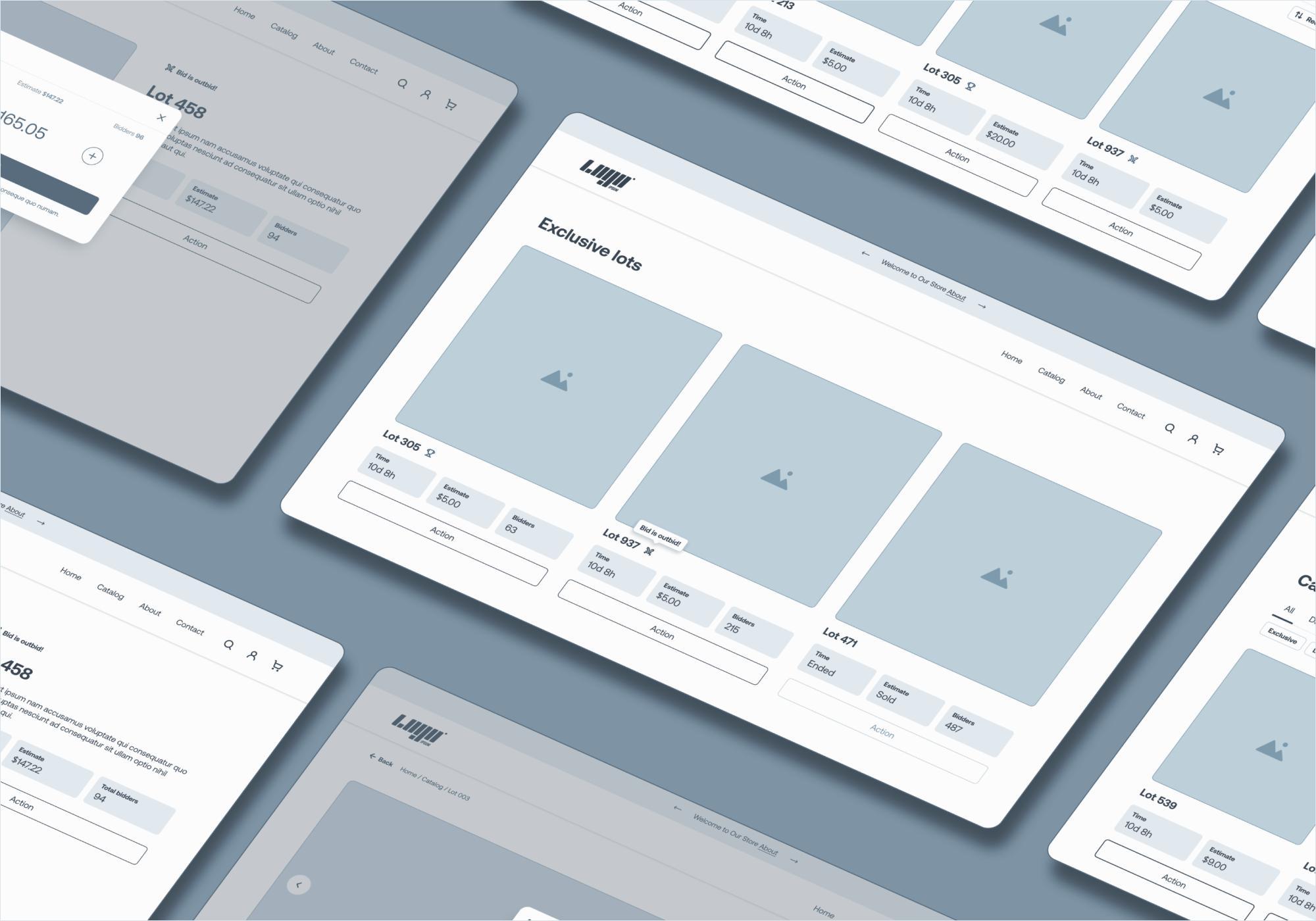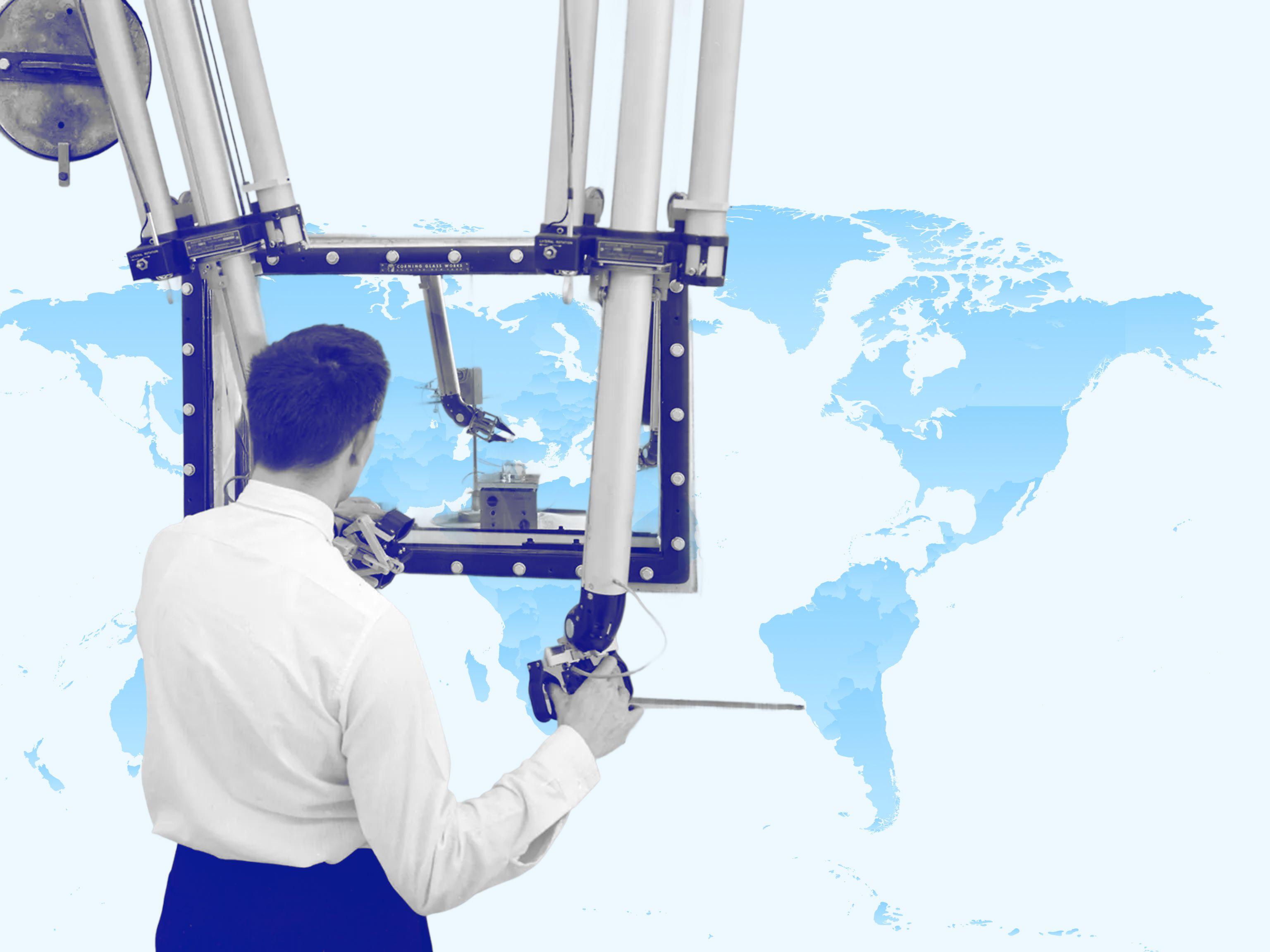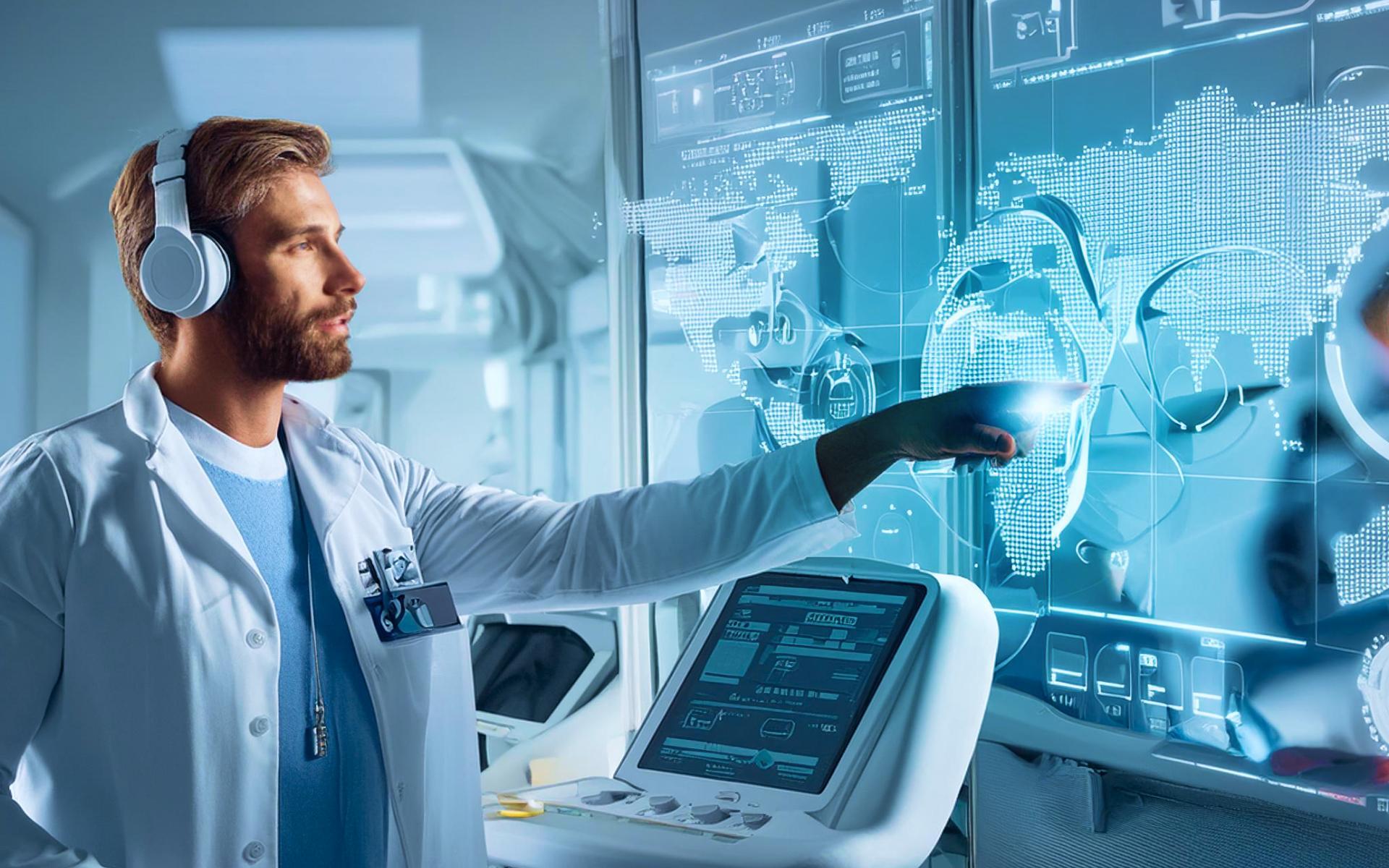
- Healthcare Software
- Project Estimation
RPM Costs: Full Breakdown & Tips
Join us as we dissect what goes into the remote patient monitoring cost and learn how to minimize those expenses.
June 13, 2024 | Updated on November 24, 2025 | 10 min

Alex Padalka
CEO and Co-founder at JetBase
Table of Contents
- Defining RPM and Its Importance in Modern Healthcare
- How RPM is Transforming Patient Care and Healthcare Economics
- Types of RPM Software and Their Cost Implications
- Exploring the Remote Patient Monitoring Cost in Details
- Must-Have Integrations for RPM Success
- Strategies to Minimize RPM Costs
- Understanding RPM Reimbursement and Return on Investment
- Need Remote Patient Monitoring Software?
- Conclusion: Is RPM a Worthwhile Investment?
- FAQ
Our Cases
Innovation isn’t just about ideas - it’s about execution, turning vision into reality, and creating solutions that truly make an impact. See what we’ve built and how it works:
- HealthCare
- Media & Entertainment
- eCommerce
- Amazon Web Services
- Cloud Cost Optimization
- Serverless Application
- Retail
- HealthCare
- Media & Entertainment
- eCommerce
- Amazon Web Services
- Cloud Cost Optimization
- Serverless Application
- Retail

